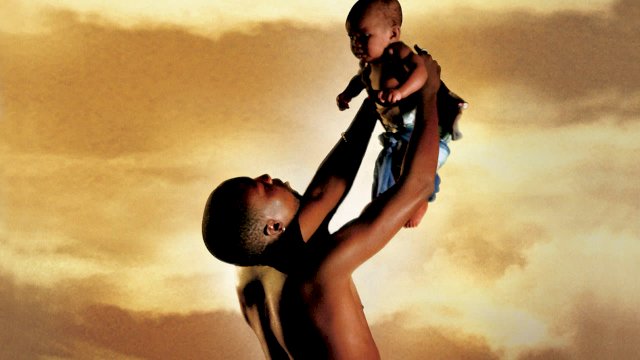
The big leap from that particular scientific investigation to the freaky occurrences depicted here needn’t trouble us unduly,īut the fact remains that Dr. Some may wonder, however, how Brian’s camera projects a flashlight-like beam up and down darkened staircases, a convenient device in terms of generating spooky chills.The opening credits make use of that oft-abused expression “inspired by actual events,” and indeed, the story here is based on an actual case in which Toronto researchers attempted to harvest their own emotional energy. Really, just how far can Jane’s negative telekinetic energy go?īut Coupland resists any supernatural explanations, stubbornly clinging to his own scientific hypothesis right up until the hectic climax, in which the film’s twin visual effects houses do their worst.The presence of Brian’s camera gives director John Pogue (“Quarantine 2: Terminal”) plenty of opportunity to throw in found-footage verite as well as jittery handheld sequences, and few will worry too much about the film’s lax standards with regard to its self-filmed conceit. Brian is clearly smitten by Jane, but he’s warned away by Coupland, whose own wandering libido suggests he’s not likely to live to see the end credits.An easy diagnosis for Jane would be demonic possession, especially when devilish symbols start appearing on skin, and the temperature of Krissi’s bath water is raised to the boiling point, even after she and Harry have returned to the ostensible safety of campus. Instead, attention is pulled toward the highly arresting Jane and her malignant alter ego, Evey, who resides in a child’s plastic doll. There, the professor, the cameraman and two romantically entangled students - Krissi (Erin Richards) and Harry (Rory Fleck-Byrne) - hunker down with traumatized Jane in a bid to monitor and extract her “negative brain energy.” “Cure one patient, we cure mankind,” declares a messianic Coupland.Įxactly how the university employees and students are able to abruptly abandon their jobs and studies in the middle of the summer term - or where, for that matter, Brian’s footage (which is in fact shot digitally on the Arri Alexa) is being developed and printed - is left to the viewer’s imagination.

Would the young man be willing to film the professor’s potentially groundbreaking work with a profoundly disturbed woman named Jane Harper (Olivia Cooke, “Bates Motel”)? The treatment seems less than academically rigorous - for some reason, Jane is subjected to au courant hits such as Slade’s “Cum on Feel the Noize” at deafening volumes - but an intrigued Brian agrees.After getting shut down by a nervous university establishment, Coupland’s pet project is happily relocated to more photogenic accommodations in a sprawling country estate. Local lad Brian McNeil (Claflin), who works in the university’s audiovisual unit, is projecting archival research material to accompany a lecture delivered by paranormal psychology expert Joseph Coupland (Jared Harris). The pic opens April 25 Stateside.May 1974, Oxford.

The 1970s setting offers a retro feel that should strike appealing chords for fans of old-school horror, but there’s little here that’s exactly new or fresh, indicating a challenge for Lionsgate to make the film’s voice heard above the din. Instead, “The Quiet Ones” presents rising actor Sam Claflin as an average guy participating in an ethically dubious scientific experiment into psychic disturbance.
Cast away megashare movie#
What are the scariest horror movies according to the cast of the new British horror movie The Quiet Ones? Jared Harris, Sam Claflin and Olivia Cooke tell Digital Spy the films that send shivers down their spines and also discuss Hammer Horror's follow-up to the well-received Woman in Black.ĬLICK HERE TO > watch free movies online without downloadingĬLICK HERE TO > watch free movies online without downloading anythingįind out how the film stands out from contemporary torture porn horror, who got rattled by a Steven Spielberg '70s classic and what found-footage classic Claflin loves in the video above.Having hit the international jackpot with “The Woman in Black,” the revived Hammer Films label follows up with a title that lacks that haunted-house pic’s familiarity of source material, highly accessible premise and equivalently marketable star.


 0 kommentar(er)
0 kommentar(er)
